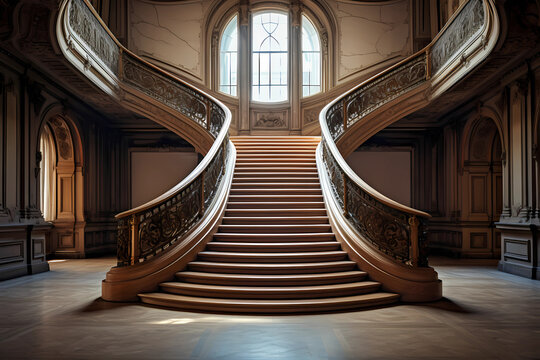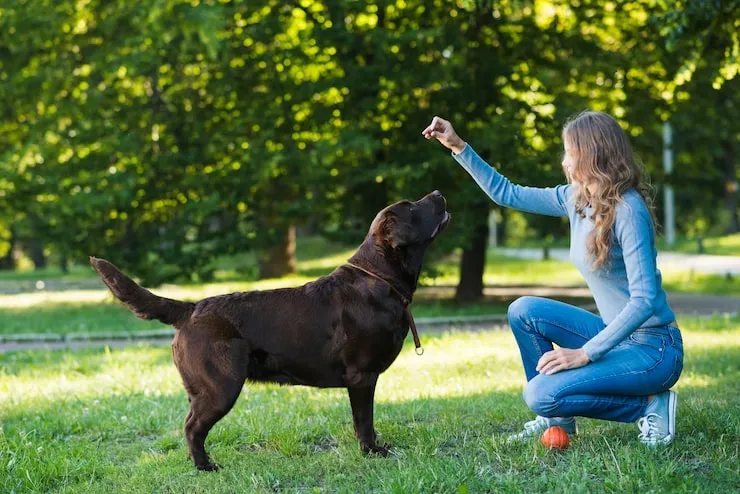Discover The Secrets Of A Legendary American Mansion
During the Gilded Age, OHEKA Castle, the second-largest private mansion in the US, was a popular party spot where many of the biggest personalities of the day would frequent. It is rumored to have served as the model for the opulent estate in F. Scott Fitzgerald's novel The Great Gatsby and to have starred in a number of Hollywood movies, including TV series like Gossip Girl and Citizen Kane.
A Historical Estate
Kahn was an avid art collector. His support of the arts includes funding and painting donations to several civic institutions as well as the establishment of awards for black painters in New York. In addition, he authored several books on business, politics, art, and history. One such book, Of Many Things (1926), was an anthology of his political and financial speeches and writings. This is an aerial photograph of OHEKA taken in 1915, a year or two before it was finished. Its vastness is evident, and Kahn utilized every square inch of it, even erecting a personal runway. During its peak, the 127-room castle employed around 100 staff members who remained hidden behind a system of tunnels and hidden passageways.
French Chateau-style Mansion
:strip_icc()/chateau-style-home-exterior-BKjMZKX9qHAB_q2tLqCp7c-2000-f3186c9bee4f4039b62322b505c7f085.jpg)
After his initial rural house in New Jersey was destroyed by fire in 1905, the visionary entrepreneur went all out to build his showpiece estate. The French château-style home was built by Kahn cost an astounding $11 million, or about $158 million (£127 million) today. Steel and concrete were used in the construction to assure the home's resistance to future flames.
The House On The Hill
The 127-room feast was designed by renowned architectural firm Delano & Aldrich, and at 109,000 square feet, it surpassed the Vanderbilt home Biltmore in North Carolina as the biggest estate in America. The European-style castle, the highest point on Long Island, was constructed on a hill near Huntington; the incline is visible in this photo. The grounds, which are also visible, are adorned with a traditional French water garden that is submerged and was created by the sons of renowned landscape architect Frederick Law Olmsted.
Glorious Grounds
There were several fountains outside and around the house, ten reflecting ponds, statues, tree-lined walks, and a lengthy road with carefully trimmed red cedar trees leading up to the house. OHEKA had not just a landing strip but also one of the biggest private greenhouse complexes in the nation, together with tennis courts, an indoor swimming pool, stables, orchards, and an 18-hole golf course. No luxury was truly overlooked.
Opulent Interiors
The lavish interiors of the castle, which included a magnificent ballroom that rose to a height of 24 feet, a large dining room, and 39 functional fireplaces spread across the estate, were also decorated with this opulent style. It is interesting to note that Otto Kahn was so afraid of fire that he used fireproof materials in all areas of the house, including the luxurious library and the hidden corridor. The expansive property was kept immaculate for its esteemed guests, such as filmmaker Orson Welles, who used photos of the residence in his 1941 film Citizen Kane, by more than a hundred full-time staff.
Grand Staircase

The great staircase, with its exquisite handcrafted wrought iron railing, is one of the house's most notable architectural elements. It was inspired by the outside staircase of the Château de Fontainebleau in France. In addition to appearing in the wedding photos of the innumerable women who have recently tied the knot here, Taylor Swift's staircase may be recognized by fans of her from her Blank Space video when she pauses at the top.
Read Also: Best Beach Towns in Australia
Celebrity Parties
The Kahn family used the property as a summer home and gained notoriety for hosting lavish parties that were attended by politicians and well-known movie stars. This picture from 1926 has Kahn on the right with Charlie Chaplin and actor Douglas Fairbanks. It is believed that here is when The Great Gatsby may have been inspired, yet Fitzgerald is not known to have visited at any point. It seems more likely that OHEKA was one of numerous mansions on the 'Gold Coast' of Long Island, owned by the Roosevelts and Vanderbilts, that served as inspiration for the author of this classic American novel.
Military Mansion
It was converted into a radio operator's school for the Merchant Marines during World War I. The Eastern Academy took it in 1948, digging up the verdant grounds and dividing the rooms until falling bankrupt in 1979. This was when the castle started to fall apart. It was deserted and fell into decay. Thankfully, there were no significant fires despite many reports of vandalism and arson attempts. Clearly, Kahn's fireproof materials were effective.


 (1).webp)





